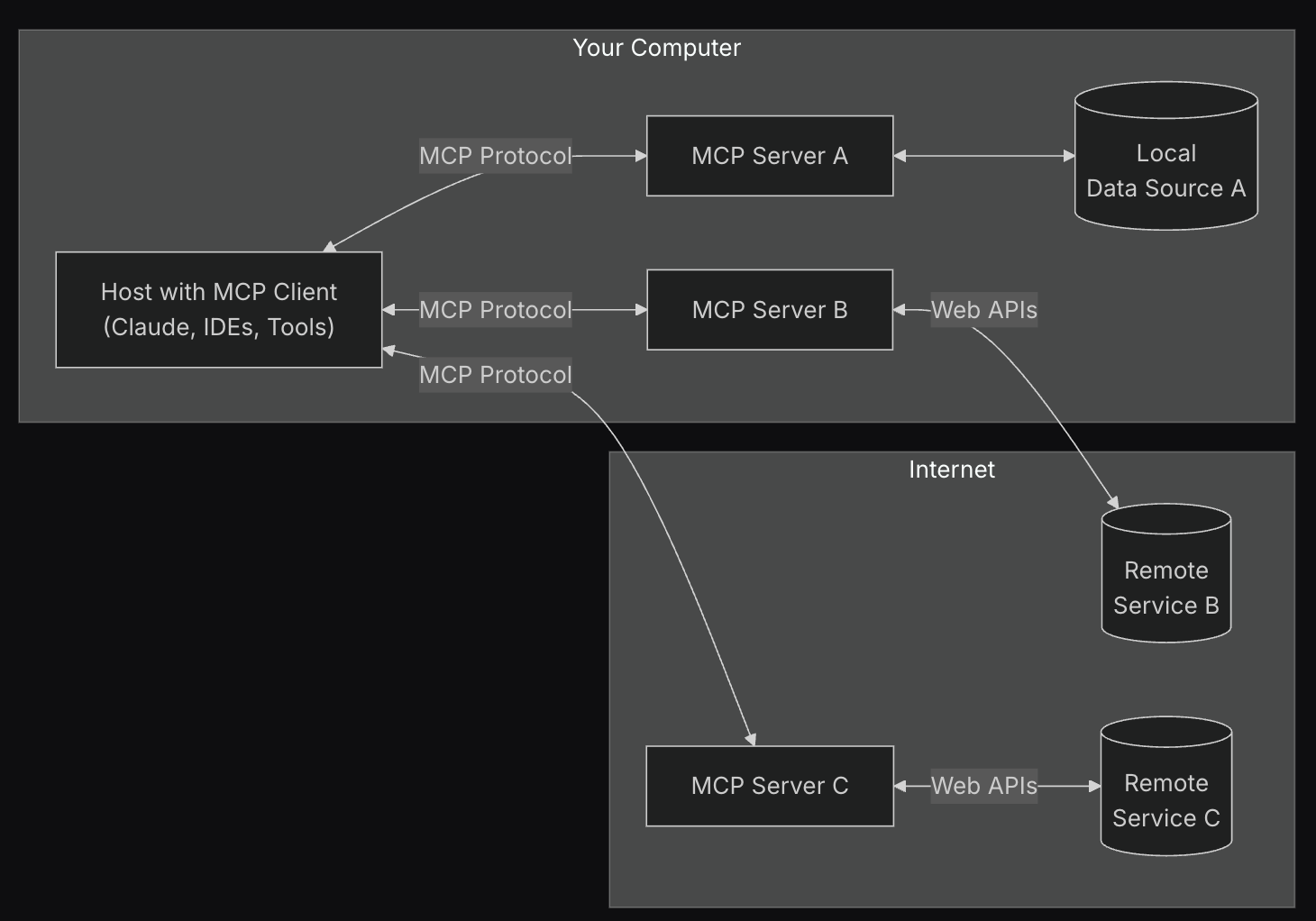
Ethereum (ETH) has long been the backbone of decentralized applications (dApps), smart contracts, and the booming decentralized finance (DeFi) ecosystem. As the second-largest cryptocurrency by market capitalization, Ethereum continues to evolve, with major upgrades and shifting market dynamics shaping its future.
1. Ethereum 2.0 and the Transition to Proof-of-Stake (PoS)
One of the most significant developments for Ethereum is its full transition from Proof-of-Work (PoW) to Proof-of-Stake (PoS) with Ethereum 2.0 (Eth2). This upgrade, completed in September 2022 with “The Merge,” drastically reduced Ethereum’s energy consumption by over 99%.
Future upgrades like “Dencun” (EIP-4844) introduced proto-danksharding, which improves scalability by reducing transaction costs on Layer 2 solutions like Optimism and Arbitrum. The next phases, including full danksharding, will further enhance Ethereum’s throughput, making it more competitive against high-speed blockchains like Solana.
2. Layer 2 Scaling Solutions
Ethereum’s high gas fees during peak demand have led to the rise of Layer 2 (L2) solutions, such as:
- Optimistic Rollups (Arbitrum, Optimism)
- ZK-Rollups (zkSync, StarkNet)
- Sidechains (Polygon PoS)
These solutions help Ethereum scale by processing transactions off-chain while maintaining security through Ethereum’s base layer. As adoption grows, Ethereum’s ecosystem will become faster and cheaper, attracting more users.
3. DeFi and Institutional Adoption
Ethereum remains the dominant platform for DeFi, hosting over 60% of all DeFi protocols. Major financial institutions, including JPMorgan and BlackRock, are exploring Ethereum-based solutions for tokenized assets and smart contracts.
The approval of spot Ethereum ETFs (expected in 2024-2025) could bring massive institutional investment, similar to Bitcoin ETFs. This would increase liquidity and potentially drive ETH’s price higher.
4. Regulatory Challenges
Ethereum faces regulatory scrutiny, particularly in the U.S., where the SEC has debated whether ETH should be classified as a security. A clear regulatory framework could either boost confidence or create hurdles for Ethereum’s growth.
5. Competing Blockchains & Ethereum’s Long-Term Position
While blockchains like Solana, Cardano, and Avalanche offer faster and cheaper transactions, Ethereum’s first-mover advantage, robust security, and developer ecosystem keep it ahead. The success of Ethereum’s scaling solutions will determine whether it can maintain its dominance.
Price Predictions & Market Outlook
Analysts remain bullish on Ethereum’s long-term potential:
- 2024-2025: Potential surge if spot ETH ETFs are approved (some predict 5,000−5,000−10,000 per ETH).
- Post-2025: With full scalability upgrades, Ethereum could solidify its position as the leading smart contract platform, driving further adoption in enterprise and government use cases.
Conclusion
Ethereum’s future looks promising, with technological upgrades, institutional interest, and DeFi growth fueling its expansion. However, scalability, regulation, and competition remain key challenges. If Ethereum continues to innovate, it could remain the cornerstone of the blockchain industry for years to come.
Would you invest in Ethereum for the long term? Share your thoughts! 🚀
Disclaimer: This article is for informational purposes only and not financial advice. Cryptocurrency investments are volatile—always do your own research before investing.






